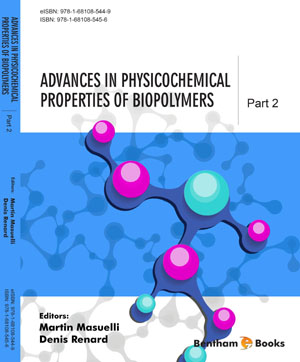Abstract
SHS investigation development is considered from the geographical and historical viewpoint. 3 stages are described. Within Stage 1 the work was carried out in the Department of the Institute of Chemical Physics in Chernogolovka where the scientific discovery had been made. At Stage 2 the interest to SHS arose in different cities and towns of the former USSR. Within Stage 3 SHS entered the international scene. Now SHS processes and products are being studied in more than 50 countries.
Abstract
Electrospinning is a useful tool for producing fine fibers of about 10 nanometers to 10 microns in diameter from both natural and synthetic polymers. Historical developments, theory, and the types equipment used to produce aligned and non-aligned fibres in electrospinning are discussed. Collector composition or substrates, dimension of the collector, electrospinning materials and configurations of nozzle in electrospinning are discussed with their respective importance. The electrospinning process is influenced by the following solution parameters like viscosity, polymer molecular weight, polymer concentration, surface tension, polymer solution conductivity or surface charge density, rate of evaporation of solvents, dielectric constant and vapour pressure. Voltage, needle tip to collector distance, feedrate, collector material, electrospinning setup, diameter of needle orifice, environmental (ambient) parameters like temperature, humidity, type of atmosphere and pressure also determine electrospun fiber size and morphology.
Keywords:
Co-electrospinning, Collector, Electrospinning, Parameters, Spinneret, Voltage.
Recommended Chapters
We recommend

Authors:Bentham Science Books






